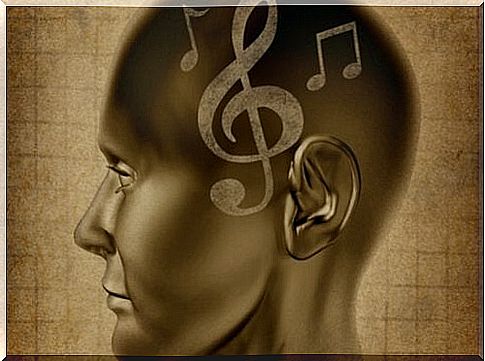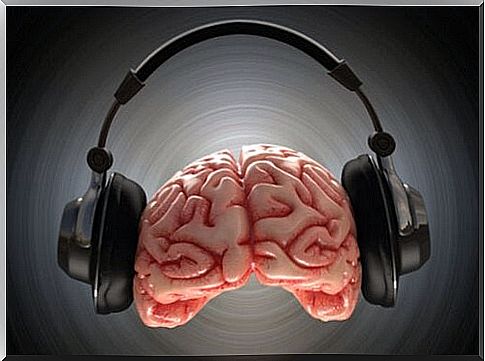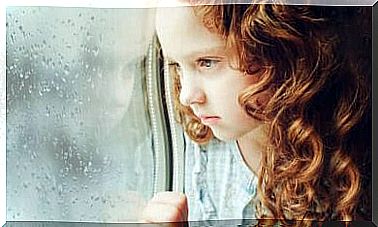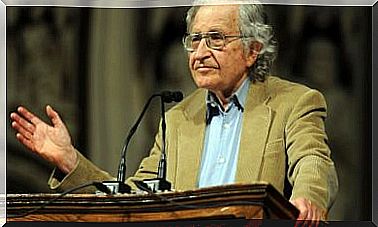How Soundtracks Influence The Brain

Film soundtracks have the power to move us, make us smile, upset us, or make us cry. This is only possible because of the consequences they have on our brain functioning. Let’s go deeper.
Music is a universal language. She is able to evoke memories, awaken feelings and even help us through difficult times. That’s why it is an element of great impact in the cinematographic world. Who doesn’t remember the soundtrack of their favorite movie?
For many people, it is impossible to understand cinema without music. A large number of films have become immortal thanks to their musical score. ‘Star Wars’ is a clear example of this, as is ‘Gone With the Wind’ or the mythical bath scene in the movie ‘Psycho’.
the music and the brain
Music surrounds us, moves us and is able to make us travel in time. In fact, we live with her all the time. Now what happens in the brain when we hear a melody?
According to some studies, music, in addition to having a long past, played an important role at the human evolutionary level. When studying the brain’s response to music, it was observed that the main areas involved were those related to control and movement. Through this discovery, researchers theorized that music helped our ancestors unite and develop altruistic behaviors.
A 2015 study by the University of Helsinki claimed that classical music had an effect on genes related to the sensation of pleasure. In fact, people who listened to a Mozart composition during the experiment showed better brain activity. The improvement was even greater if they were familiar with it.

Julius Portnoy, musicologist and philosopher, says that music can increase the levels of endorphins in the brain. Therefore, it produces states of pleasure such as relaxation. Listening to music can even alter metabolic rates, blood pressure, energy and digestion.
Music is also used for the treatment of some psychological disorders and illnesses. It simultaneously activates a large number of brain regions and is known as music therapy. It is a type of therapy that uses music as a tool to improve a person’s health and well-being. In fact, it has been shown to be useful in rehabilitation, wellness and educational programs.
How soundtracks influence the brain
Film songwriters know very well how soundtracks influence the brain. Therefore, they use the power of music as a trigger for emotions, as per their convenience. One example of this was composer Bernard Herman’s insistence on convincing Alfred Hitchcock to add music to the shower scene in ‘Psycho’.
Music plays a key role when it comes to generating fear and anguish. For example, in action movies, it acts as the boost that speeds up our heart rate and leaves us in suspense during certain scenes. Or invites us to reflect on mystery movies. Any genre is enriched when music enters the scene.
Some studies confirm how soundtracks influence the brain. In 2010, a University of California study showed that the sensitivity we have to alarm sounds is very similar to that of some wild animals. Sounds are used by soundtrack composers to generate anguish, restlessness or nervousness.
As we see, the influence of soundtracks on the brain is inevitable, although most of the time we don’t realize it. In fact, it is not necessary for the music to be of great quality, it is enough to present the appropriate tones and frequencies.

Infrasound used in cinema
There are other types of sounds in movies – which are not soundtracks – that affect the brain: they are infrasounds. They are sounds emitted at levels that are not audible to humans, but with frequencies that produce natural physical and emotional reactions.
These infrasounds accompany the soundtracks to reinforce their effects on the viewer and generate a specific emotional state according to the film’s genre. Through them, composers are able to induce emotions in viewers such as fear or sadness, among others. For example, in the movie ‘Paranormal Activity’, infrasound was used to ensure that viewers experience anguish and fear in certain scenes of the movie.
As we can see, soundtracks enrich the viewer’s experience in cinema. They generate emotions, awaken memories and, to a large extent, guide the story. Music is an art of infinite possibilities that multiply if we combine it with the cinematographic universe.









